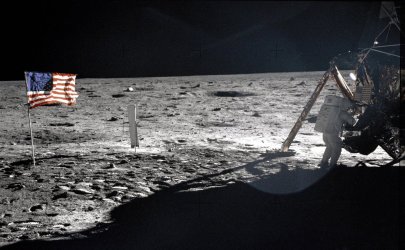- Sep 27, 2012
- 92,016
- 53,542
- 2,605
So I was just watching the videos of the moon landing and I noticed something. The curve of the moon is only about 100 yards or so. While I know the moon is significantly smaller than the earth, seeing the curve at around that small distance doesn't make sense.
Anyone here to fill me in on that?
Anyone here to fill me in on that?



